10 Animals That (Almost) Can’t Be Killed
Most animals follow a predictable biological script. They grow, reproduce, wear out, and then die. But a few species have missed that memo entirely. They regenerate lost body parts, halt aging, survive extreme radiation, or simply shut down their metabolism until conditions improve.
Here are ten species that redefine what it means to stay alive.
Tardigrades
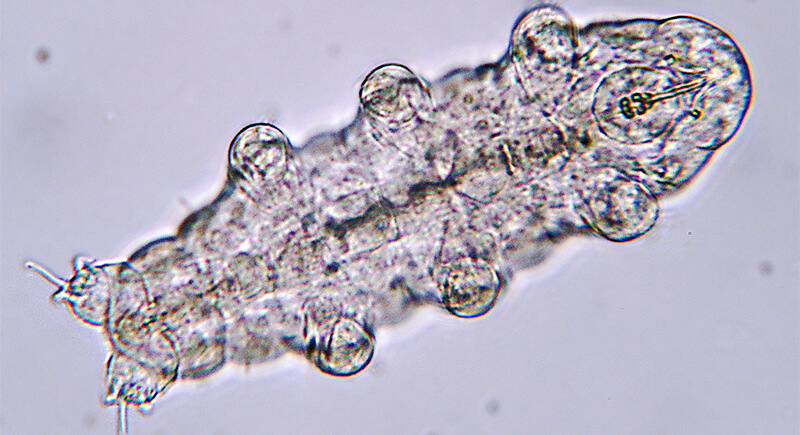
Credit: Wikimedia Commons
Even if there’s no air or water, they’d still keep going. In fact, tardigrades survive by shutting everything down. They enter a tun state, where they dry out completely and fold into a tiny ball. In this condition, they’ve survived being boiled, frozen to near absolute zero, blasted with radiation, and even exposed to outer space. Scientists sent them into orbit in 2007, and many returned alive and ready to reproduce.
Immortal Jellyfish
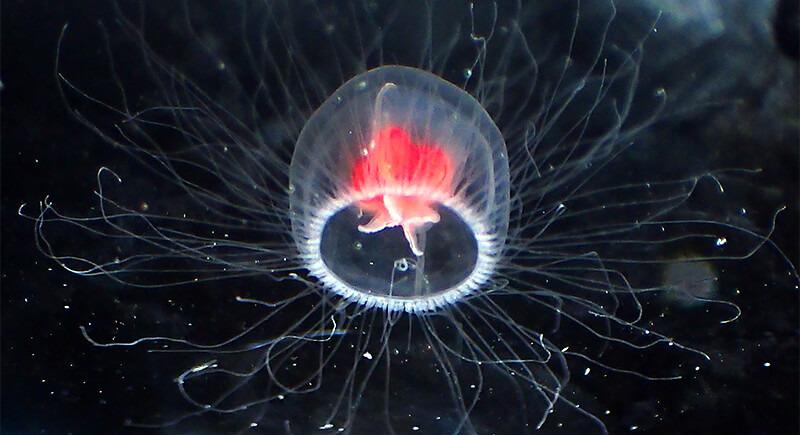
Credit: Wikimedia Commons
Turritopsis dohrnii survives damage by resetting its entire life cycle. Under stress, it reverts its cells back to the polyp stage, basically starting over as a juvenile. This ability, called transdifferentiation, lets it theoretically live forever, although many still die from predators or disease before repeating the cycle too many times.
Planarian Flatworms
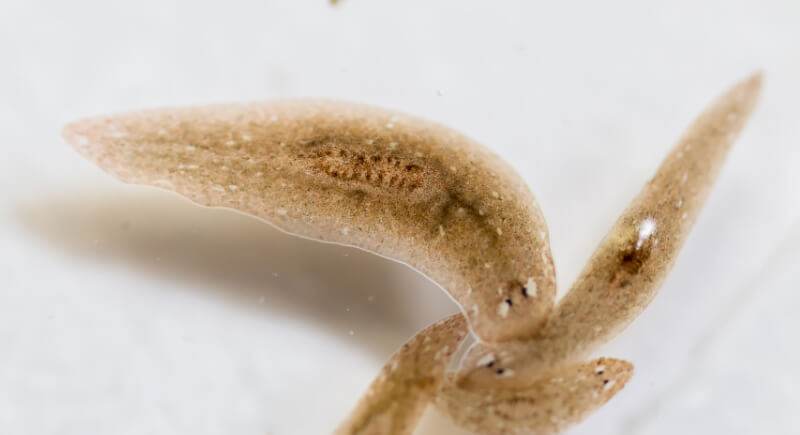
Credit: Getty Images
Cut it into pieces, and it just makes more. A single piece, even one-275th of the original body, can grow into a full organism. Planarians regenerate entire bodies from small fragments. Their stem cells can become anything—nervous tissue, muscle, skin, even a full brain. In labs, they’ve shown no signs of aging even after multiple rounds of regrowth.
Greenland Sharks
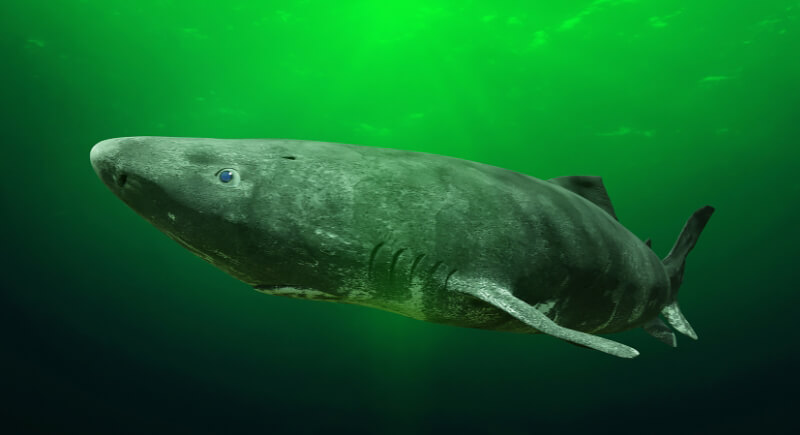
Credit: Getty Images
The oldest confirmed Greenland shark was estimated to be at least 272 years old, based on radiocarbon dating of its eye lens. These sharks grow extremely slowly—around a centimeter per year—and live in frigid North Atlantic depths. Their slow metabolism likely contributes to their long lifespans and remarkably low levels of activity.
Bdelloid Rotifers

Credit: Wikimedia Commons
In 2021, scientists revived rotifers from Siberian permafrost that had been frozen for 24,000 years. These microscopic animals survive drying, freezing, and even radiation by entering a state of cryptobiosis. They also incorporate foreign DNA from bacteria and fungi, which helps them adapt to stress in ways other animals can’t replicate.
Lobsters

Credit: Getty Images
Lobsters keep producing telomerase in their cells throughout life, an enzyme that helps repair DNA and slows cellular aging. This allows them to keep growing and reproducing well into advanced age. However, they’re not truly immortal. Over time, the energy required to molt their ever-thickening shells becomes overwhelming, and many die from exhaustion or disease rather than old age. Some large specimens caught off Newfoundland were estimated to be around 100 years old.
Deinococcus Radiodurans

Credit: Wikimedia Commons
This bacterium survives radiation at levels up to 5,000 Gray, over a thousand times what would kill a human. It rapidly rebuilds its shattered DNA using multiple copies of its genome. Deinococcus also endures cold, dehydration, and acidic environments. It was discovered in 1956 by contaminating irradiated canned meat in a lab.
Hydras

Credit: Getty Images
Hydras replace all their cells using non-aging stem cells. Their bodies constantly renew without signs of senescence, and lab studies haven’t found a limit to their lifespan under stable conditions. If sliced apart, each fragment can become a genetically identical new hydra. Their biological immortality is a focus of aging research.
Antarctic Glass Sponges
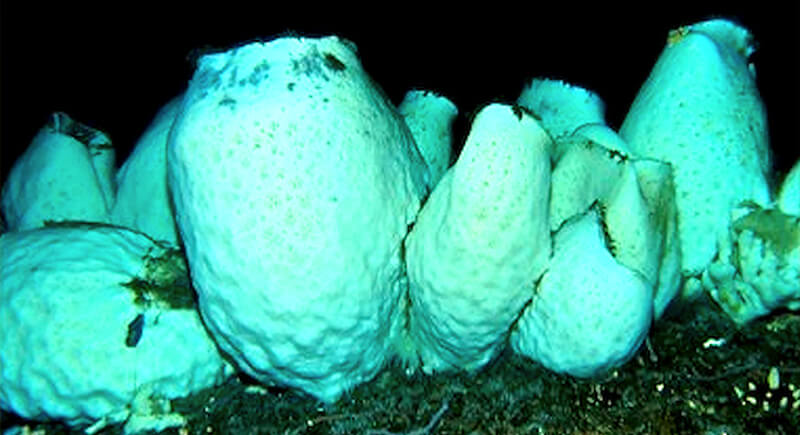
Credit: Wikipedia
Deep on the Antarctic seafloor, glass sponges grow at an incredibly slow rate in near-frozen water. One species, Anoxycalyx joubini, may live for several thousand years, possibly up to 10,000 based on growth estimates. The stable, cold environment and lack of predators help them survive for millennia.
Naked Mole-Rats

Credit: Wikipedia
These rodents live ten times longer than other mammals of their size, often surpassing 30 years. They exhibit minimal cellular aging and possess a high resistance to cancer. Their low-oxygen underground habitats seem to protect their DNA from damage. Naked mole-rats also tolerate acid buildup in tissues that would harm other mammals.